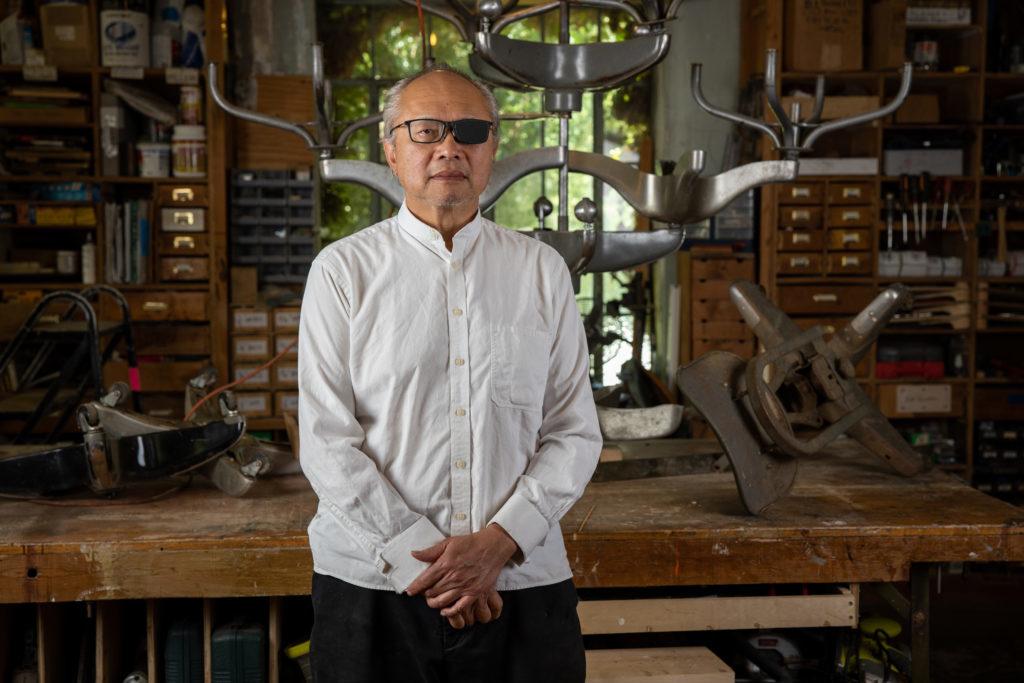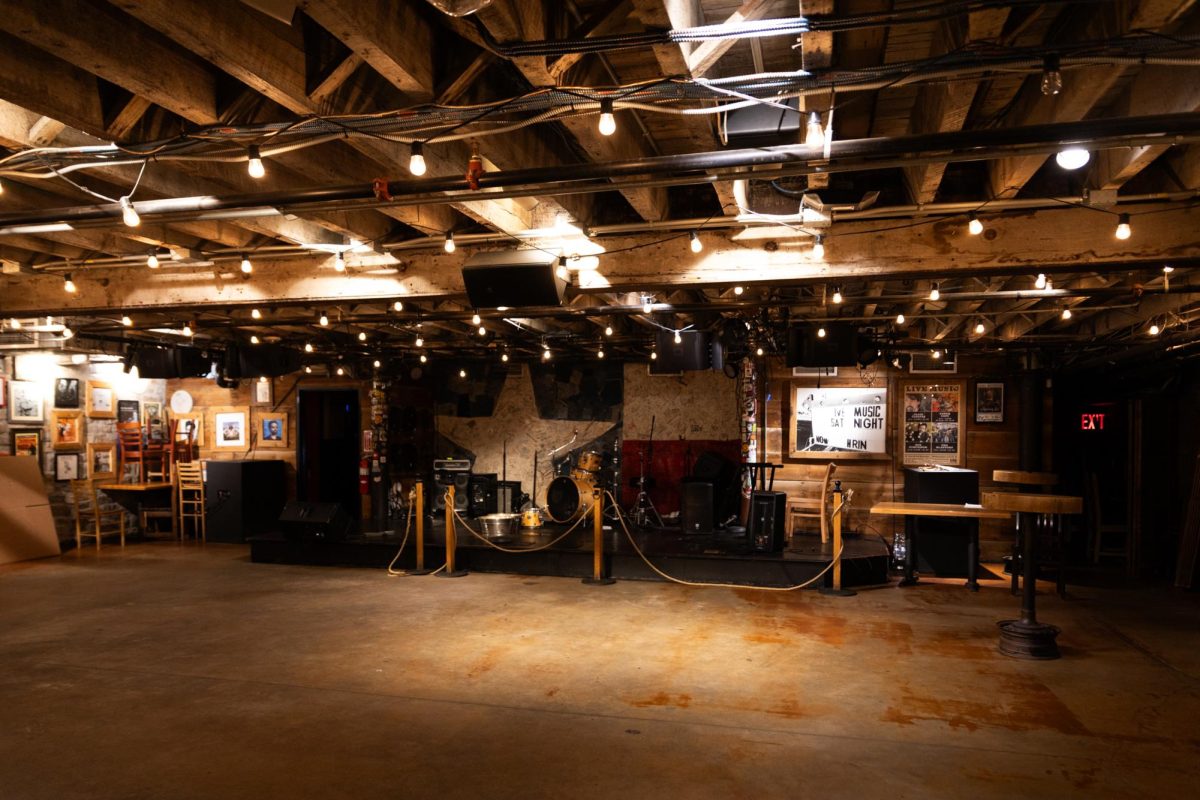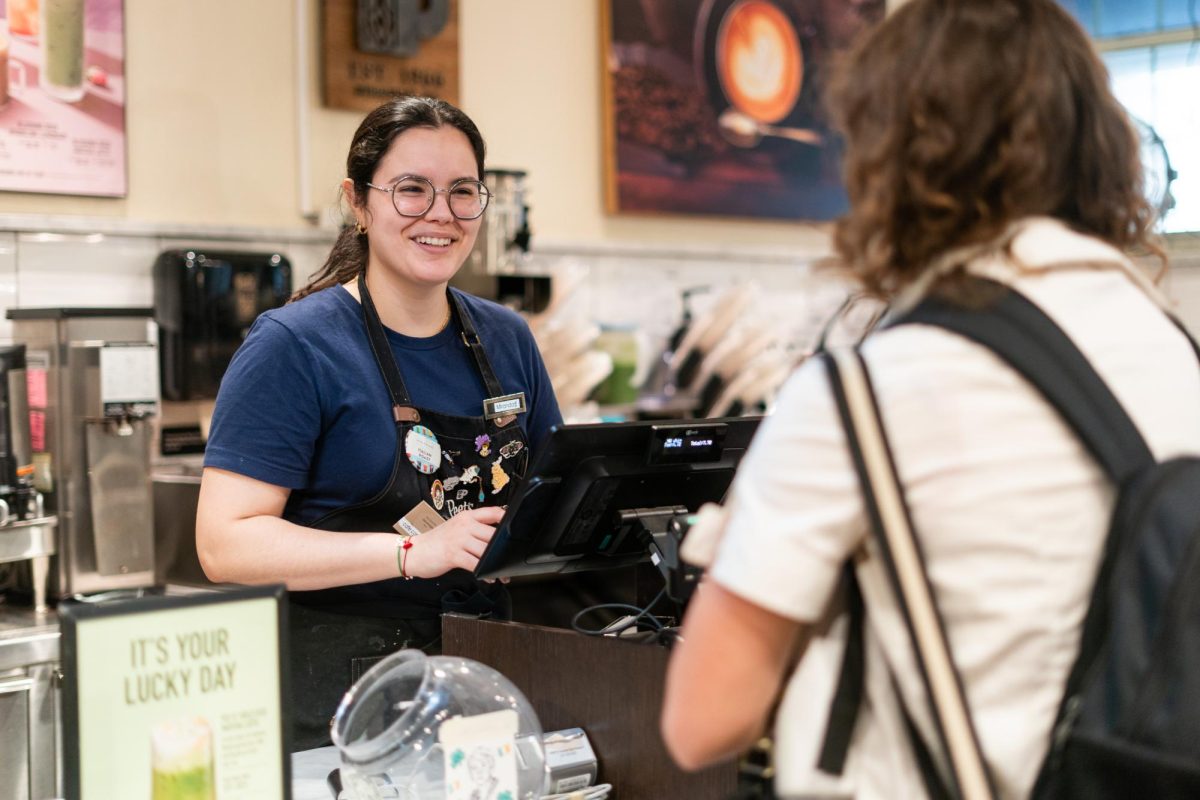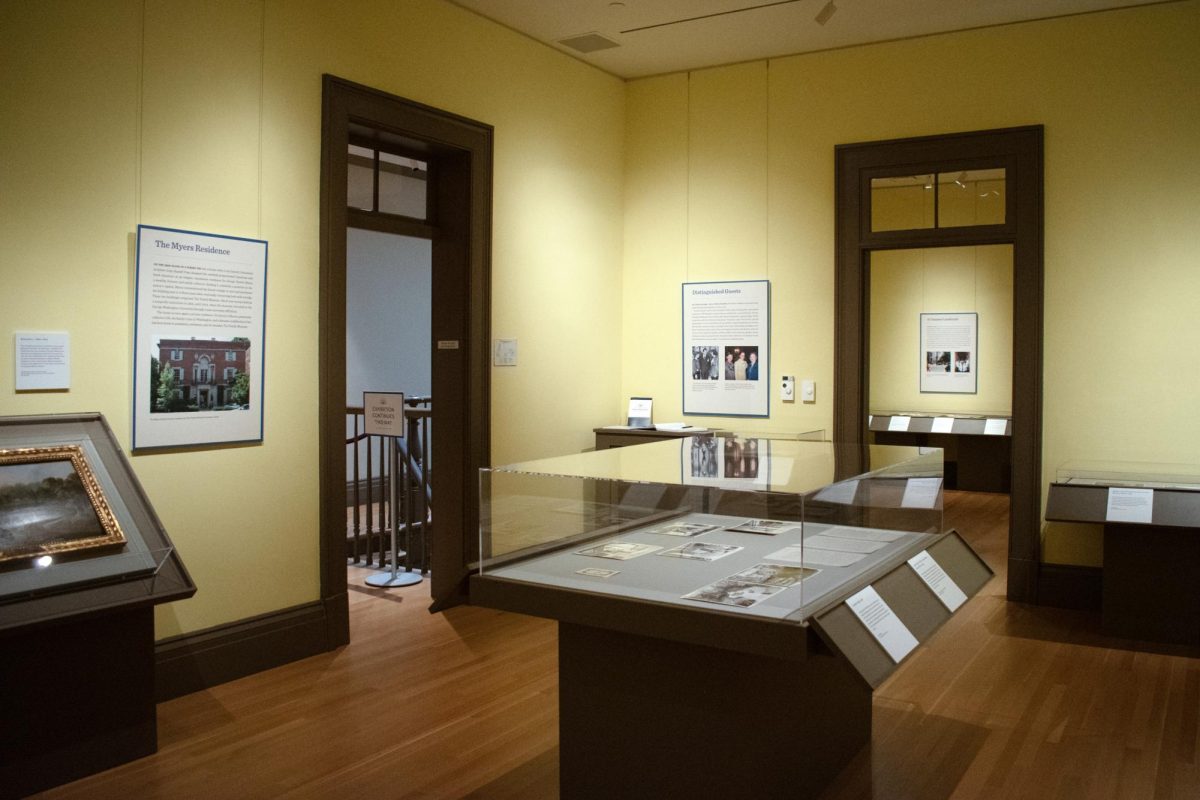A former visiting professor at the Corcoran School of the Arts and Design was awarded $625,000 last week for his artwork that raises awareness for social and environmental issues.
Mel Chin served as the inaugural William Wilson Corcoran Visiting Professor of Community Engagement, a temporary position that focused on creating artwork that highlights community engagement and social change, between 2016 and 2017. Chin was honored for his work that brings attention to the impact of lead poisoning on children and climate change.
“It can be very rewarding that what you’ve been doing for so long has been a path worthy, but then again it lords over this other idea to maintain that worth, and that must be done,” Chin said.
Chin taught a social engagement course and graduate seminars at the Corcoran during the 2016-17 academic year.
Chin was one of 26 individuals to receive a MacArthur Fellowship, also known as the “genius” grant, given each year to extraordinarily talented and creative individuals who demonstrate potential in their work, according to the MacArthur website.
Chin said he was surprised and “incredibly” humbled to learn that he was selected for the award. Fellows are nominated by a constantly changing pool of judges from a broad range of art, science and humanities backgrounds.
During his time at the Corcoran, Chin continued his work on the Fundred Project, a collective effort in which people draw their own paper currency of a “fundred dollar bill” – original interpretations of $100 bills – to bring awareness to the impact of lead poisoning on children.
“We focused on the engagement of the Fundred project and the attempt to really put forth the value of half a million voices of children and adults, grandparents, united in this idea that lead poisoning of children must stop,” Chin said. “It was a moment to take over the Corcoran building as the Fundred Reserve for the drawings by the people of America, and we did that.”
Chin has also been recognized for sculptures, projects and exhibits displayed all over the country – from the halls of Congress to Times Square – that highlight issues of climate change.
His two-part installation featuring “Wake” and “Unmoored” was shown in Times Square in 2018. “Wake” is a 60-foot-long sculpture that resembles a hull of a ship attached to the skeletal remains of a whale to represent the history of shipping in New York. “Unmoored” combines digital technology and art to create a mixed-reality experience in which viewers can use their phones to see what Times Square would look like underwater.
“This is a project that tourists are maybe in the dark about what’s happening,” Chin said. “To create more complicated connections that may have not been considered and offer that and not judge people who aren’t involved with the art world.”
Chin said he works by himself on some projects while others, like “Revival Field” – for which he collaborated with a U.S. Department of Agriculture scientist to create a garden out of specialized plants that extract heavy metals from soil – “beg for collaboration” because he needs guidance from experts.
He said his collaborative social and environmental justice projects help him articulate ideas about climate change with proper expertise. Chin said he wants his art to demonstrate how people are going to survive the effects of climate change.
“Those are not topics that I gladly take on as an inspiration, but they are realities that compel me to say I must deal with this,” Chin said. “I can make artwork about it, but I have to figure out a way to use that social practice, that engagement, to see if my contribution can be part of others so we can work in a way that is meaningful.”
Chin referred to American novelist James Balwdin’s quote, “The purpose of art is to lay bare the questions that have been hidden by the answers,” as inspiration for his art. Although Chin said there is value in actions like political speech or protests, art can provoke questions about social issues in a way that other things can not.
Chin said he hopes his art can spark questions about environmental and social issues from his audience when they view or interact with his creations.
“I hope that it’s worthy enough to have sparked that question,” he said. “It’s not about me answering things. I’m hoping that it could be compelling enough to be worthy to be even engaged with, that it’s worthy.”








